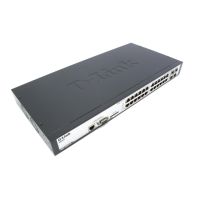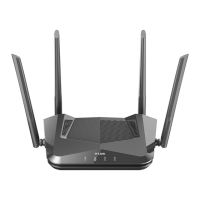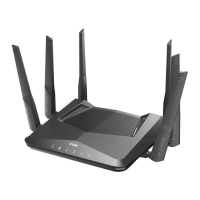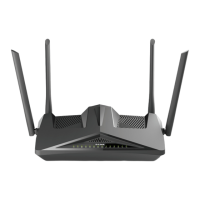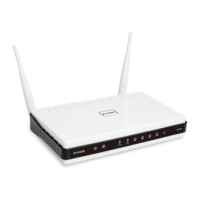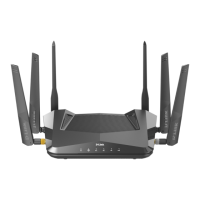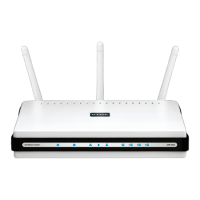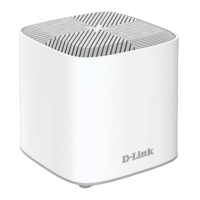xStack® DES-3200 Series Layer 2 Managed Fast Ethernet Switch
294
Appendix D RADIUS Attributes Assignment
The RADIUS Attributes Assignment on the DES-3200 is used in the following modules: 802.1X (Port-based and
Host-based), and MAC-based Access Control.
The description that follows explains the following RADIUS Attributes Assignment types:
Ingress/Egress Bandwidth
802.1p Default Priority
VLAN
ACL
To assign Ingress/Egress bandwidth by RADIUS Server, the proper parameters should be configured on the
RADIUS Server. The tables below show the parameters for bandwidth.
The parameters of the Vendor-Specific attributes are:
Vendor-Specific Attribute Description Value Usage
2 (for ingress bandwidth)
3 (for egress bandwidth)
Used to assign the bandwidth of
a port.
If the user has configured the bandwidth attribute of the RADIUS server (for example, ingress bandwidth 1000Kbps)
and the 802.1X authentication is successful, the device will assign the bandwidth (according to the RADIUS server)
to the port. However, if the user does not configure the bandwidth attribute and authenticates successfully, the
device will not assign any bandwidth to the port. If the bandwidth attribute is configured on the RADIUS server with
a value of “0” or more, than the effective bandwidth (100Mbps on an Ethernet port or 1Gbps on a Gigabit port) of
the port will be set to no_limited.
To assign 802.1p default priority by RADIUS Server, the proper parameters should be configured on the
RADIUS Server. The tables below show the parameters for 802.1p default priority.
The parameters of the Vendor-Specific attributes are:
Vendor-Specific Attribute Description Value Usage
Used to assign the 802.1p default priority
of the port.
If the user has configured the 802.1p priority attribute of the RADIUS server (for example, priority 7) and the 802.1X,
or MAC-based authentication is successful, the device will assign the 802.1p default priority (according to the
RADIUS server) to the port. However, if the user does not configure the priority attribute and authenticates
successfully, the device will not assign a priority to this port. If the priority attribute is configured on the RADIUS
server is a value out of range (>7), it will not be set to the device.
To assign VLAN by RADIUS Server, the proper parameters should be configured on the RADIUS Server. To use
VLAN assignment, RFC3580 defines the following tunnel attributes in RADIUS packets.
The table below shows the parameters for a VLAN:
RADIUS Tunnel Attribute Description Value Usage
This attribute indicates the tunneling protocol(s)
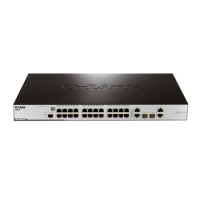
